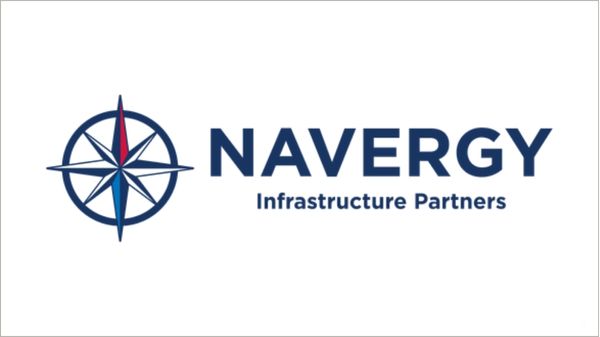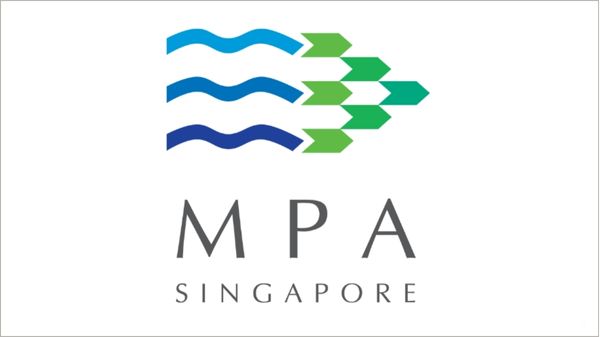Captain
Jeff Cowan, a member of the State of California's
Office of Spill Prevention and Response, has said that the implementation of mandatory 'fuel-switch' regulations in California has been followed by a 125 percent increase in loss of propulsion (LOP) incidents.
The new requirements came into effect in July 2009 under California Code of Regulations (CCR), Section 2299.2, which meant that vessels travelling within 24 nautical miles of the Californian coastline were required to burn either marine gas oil (MGO) with maximum 1.5 percent sulphur, or marine diesel oil (MDO) with maximum 0.5 percent sulphur, in their main and auxiliary engines.
According to a report published by Cowan in the
Maritime Executive, California saw 54 LOP incidents in 2009 compared to 24 in 2008. The incidents were categorized into six broad groups, which have been outlined below.
Group 1: Engine failures resulting in LOP due to the inability of the main engine, operating with MGO/MDO, to overcome the forces on the propeller from the forward momentum of the ship.
Group 2: Failures resulting in LOP due to problems with controlling the temperature of the MGO/MDO.
Group 3: Failures resulting in LOP associated with the loss of fuel oil pressure to either the fuel pumps or fuel injectors.
Group 4: Failures resulting in LOP associated with the loss of fuel oil pressure or the loss of flow in sufficient quantities to maintain operation.
Group 5: Failures resulting in LOP associated with problems in either the starting air system or the control air systems.
Group 6: Failures resulting in LOP associated with mechanical failure not associated with other groups.
In a bid to avoid such LOP incidents for vessels entering the California Emissions Control Area (ECA) for the first time, Cowan said he and the State of California recommended that crews conduct a trial fuel switch within 45 days prior to entering California waters and run main and auxiliary engines no less than four hours on low sulphur distillate fuel (LSDFO). The aim of the trial would be to help identify any specific change over or operational issues or problems.
"If ships perform a trial fuel switch, the operators will be more prone to avoid problems that could occur versus learning underway upon entering California waters and not knowing the sundry issue," Cowan said in the report.
Training
Cowan also said that crew should become familiar with 'failure to start procedures' while maneuvering and establishing corrective protocols for 'failure to start incidents'.
"Following, the 'perfect practice ensures proper performance' creed, if the bridge and engineering crew is practiced in the event of a 'failure to start' scenario, they will perform satisfactorily when called upon in the event of a real failure. This is especially important in maneuvering/pilotage waters," Cowan said.
While Underway after Fuel Switching Completed (HFO to LSDFO)
Cowan said ships should ensure one of the senior engineering officers is in the engine control room while the ship is in pilotage waters to be able:
1. To operate the ship main engine from the engine control room.
2. To operate the ship main engine from engine side (local).
Engine Guidelines
Consult engine and boiler manufacturers for fuel switching guidance.
Consult fuel suppliers for proper fuel selection. Exercise strict control when possible over the quality of the fuel oils received.
Consult manufacturers to determine if system modifications or additional safeguards are necessary for intended fuels.
Develop detailed fuel switching procedures.
Establish a fuel system inspection and maintenance schedule.
Ensure system pressure and temperature alarms, flow indicators, filter differential pressure transmitters, etc., are all operational.
Ensure system purifiers, filters and strainers are maintained.
Ensure system seals, gaskets, flanges, fittings, brackets and supports are maintained.
Ensure that the steam isolation valves on fuel lines, filters, heaters etc. are fully tight in closed position while running LSDFO.
Ensure that the fuel oil viscosity and temperature control equipment is accurate and operational.
Ensure detailed system diagrams are available and engineers are familiar with systems and troubleshooting techniques.
Ensure Senior engineers know the location and function of all automation components associated with starting the main engine.
"California hopes that ships choosing to use these guidelines will alleviate some of the LOP incidents occurring within the waters of California. It is my shared belief that it will only take one LOP incident to change lawful maritime trade internationally. So on behalf of my sea going brethren, any reduction of a Loss of Propulsion incident is one less chance of catastrophe," concluded Cowan.










